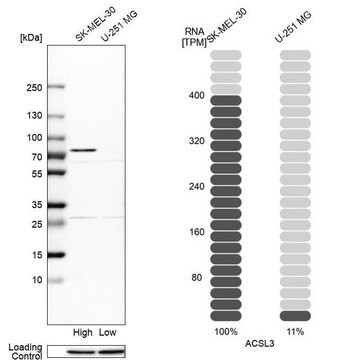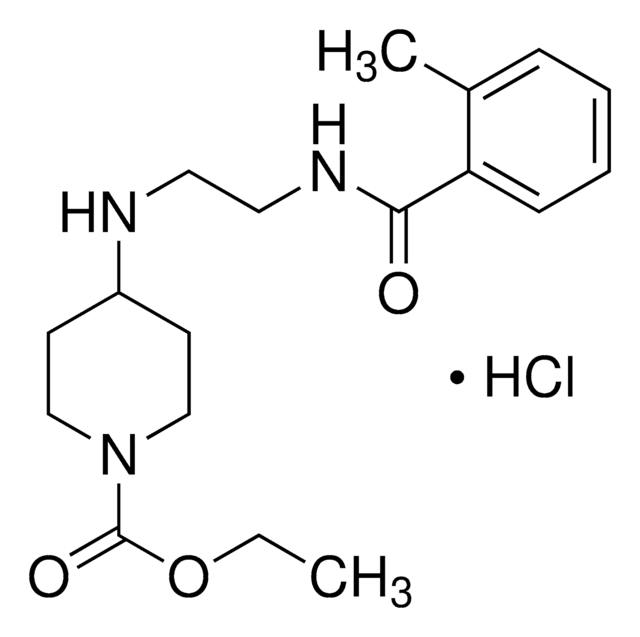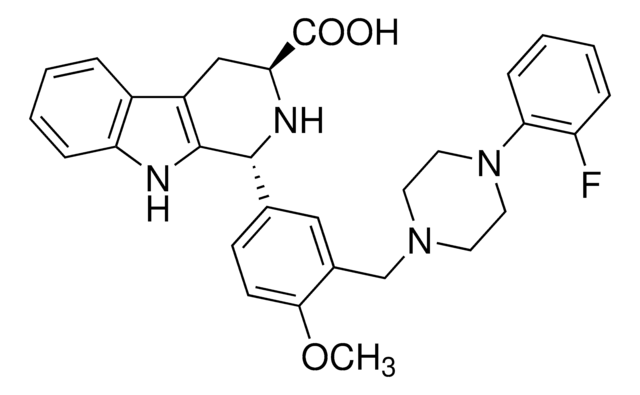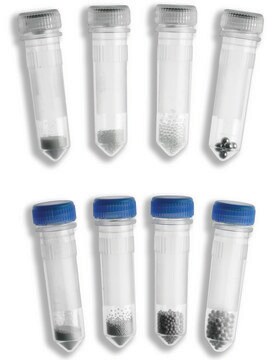推荐产品
生物源
rabbit
品質等級
共軛
unconjugated
抗體表格
affinity isolated antibody
抗體產品種類
primary antibodies
無性繁殖
polyclonal
產品線
Prestige Antibodies® Powered by Atlas Antibodies
形狀
buffered aqueous glycerol solution
物種活性
human
加強驗證
recombinant expression
orthogonal RNAseq
Learn more about Antibody Enhanced Validation
技術
immunoblotting: 0.04-0.4 μg/mL
immunofluorescence: 0.25-2 μg/mL
immunohistochemistry: 1:50-1:200
免疫原序列
VYWVDSQQKRYVPVKGDHVIGIVTAKSGDIFKVDVGGSEPASLSYLSFEGATKRNRPNVQVGDLIYGQFVVANKD
UniProt登錄號
運輸包裝
wet ice
儲存溫度
−20°C
目標翻譯後修改
unmodified
基因資訊
human ... EXOSC3(51010)
一般說明
Exosome component 3 (EXOSC3) is a 275 amino acid subunit of the exosome complex, which is involved in RNA degradation. The gene encoding it is localized on human chromosome 9.
免疫原
exosome component 3 recombinant protein epitope signature tag (PrEST)
應用
All Prestige Antibodies Powered by Atlas Antibodies are developed and validated by the Human Protein Atlas (HPA) project and as a result, are supported by the most extensive characterization in the industry.
The Human Protein Atlas project can be subdivided into three efforts: Human Tissue Atlas, Cancer Atlas, and Human Cell Atlas. The antibodies that have been generated in support of the Tissue and Cancer Atlas projects have been tested by immunohistochemistry against hundreds of normal and disease tissues and through the recent efforts of the Human Cell Atlas project, many have been characterized by immunofluorescence to map the human proteome not only at the tissue level but now at the subcellular level. These images and the collection of this vast data set can be viewed on the Human Protein Atlas (HPA) site by clicking on the Image Gallery link. We also provide Prestige Antibodies® protocols and other useful information.
The Human Protein Atlas project can be subdivided into three efforts: Human Tissue Atlas, Cancer Atlas, and Human Cell Atlas. The antibodies that have been generated in support of the Tissue and Cancer Atlas projects have been tested by immunohistochemistry against hundreds of normal and disease tissues and through the recent efforts of the Human Cell Atlas project, many have been characterized by immunofluorescence to map the human proteome not only at the tissue level but now at the subcellular level. These images and the collection of this vast data set can be viewed on the Human Protein Atlas (HPA) site by clicking on the Image Gallery link. We also provide Prestige Antibodies® protocols and other useful information.
生化/生理作用
Mutations in the gene encoding exosome component 3 (EXOSC3) are associated with spastic paraplegia (hereditary) and pontocerebellar hypoplasia type 1.
特點和優勢
Prestige Antibodies® are highly characterized and extensively validated antibodies with the added benefit of all available characterization data for each target being accessible via the Human Protein Atlas portal linked just below the product name at the top of this page. The uniqueness and low cross-reactivity of the Prestige Antibodies® to other proteins are due to a thorough selection of antigen regions, affinity purification, and stringent selection. Prestige antigen controls are available for every corresponding Prestige Antibody and can be found in the linkage section.
Every Prestige Antibody is tested in the following ways:
Every Prestige Antibody is tested in the following ways:
- IHC tissue array of 44 normal human tissues and 20 of the most common cancer type tissues.
- Protein array of 364 human recombinant protein fragments.
聯結
Corresponding Antigen APREST75205
外觀
Solution in phosphate buffered saline, pH 7.2, containing 40% glycerol and 0.02% sodium azide.
法律資訊
Prestige Antibodies is a registered trademark of Merck KGaA, Darmstadt, Germany
免責聲明
Unless otherwise stated in our catalog or other company documentation accompanying the product(s), our products are intended for research use only and are not to be used for any other purpose, which includes but is not limited to, unauthorized commercial uses, in vitro diagnostic uses, ex vivo or in vivo therapeutic uses or any type of consumption or application to humans or animals.
未找到合适的产品?
试试我们的产品选型工具.
儲存類別代碼
10 - Combustible liquids
水污染物質分類(WGK)
WGK 1
閃點(°F)
Not applicable
閃點(°C)
Not applicable
Ayelet Halevy et al.
Journal of neurology, 261(11), 2165-2169 (2014-08-26)
We describe two pairs of siblings from a consanguineous family manifesting autosomal recessive hereditary spastic paraplegia caused by a novel mutation in the EXOSC3 gene, previously reported in pontocerebellar hypoplasia type 1. Clinical findings included delayed motor milestones, early-onset spastic
Margaret P Adam et al.
GeneReviews(?), 2014 Aug 21 (2014-08-22)
The diagnosis is suspected in infants and children with characteristic clinical findings (including evidence of anterior horn cell disease) and characteristic neuroradiologic findings (hypoplasia and/or atrophy of the cerebellum and pons in varying degrees; equal involvement of the cerebellar vermis
Veerle Rc Eggens et al.
Orphanet journal of rare diseases, 9, 23-23 (2014-02-15)
Pontocerebellar hypoplasia (PCH) represents a group of neurodegenerative disorders with prenatal onset. Eight subtypes have been described thus far (PCH1-8) based on clinical and genetic features. Common characteristics include hypoplasia and atrophy of the cerebellum, variable pontine atrophy, and severe
J Xu et al.
Cell death and differentiation, 21(8), 1229-1239 (2014-04-29)
Macrophages can be activated and regulated by high-mobility group box 1 (HMGB1), a highly conserved nuclear protein. Inflammatory functions of HMGB1 are mediated by binding to cell surface receptors, including the receptor for advanced glycation end products (RAGE), Toll-like receptor
我们的科学家团队拥有各种研究领域经验,包括生命科学、材料科学、化学合成、色谱、分析及许多其他领域.
联系技术服务部门









